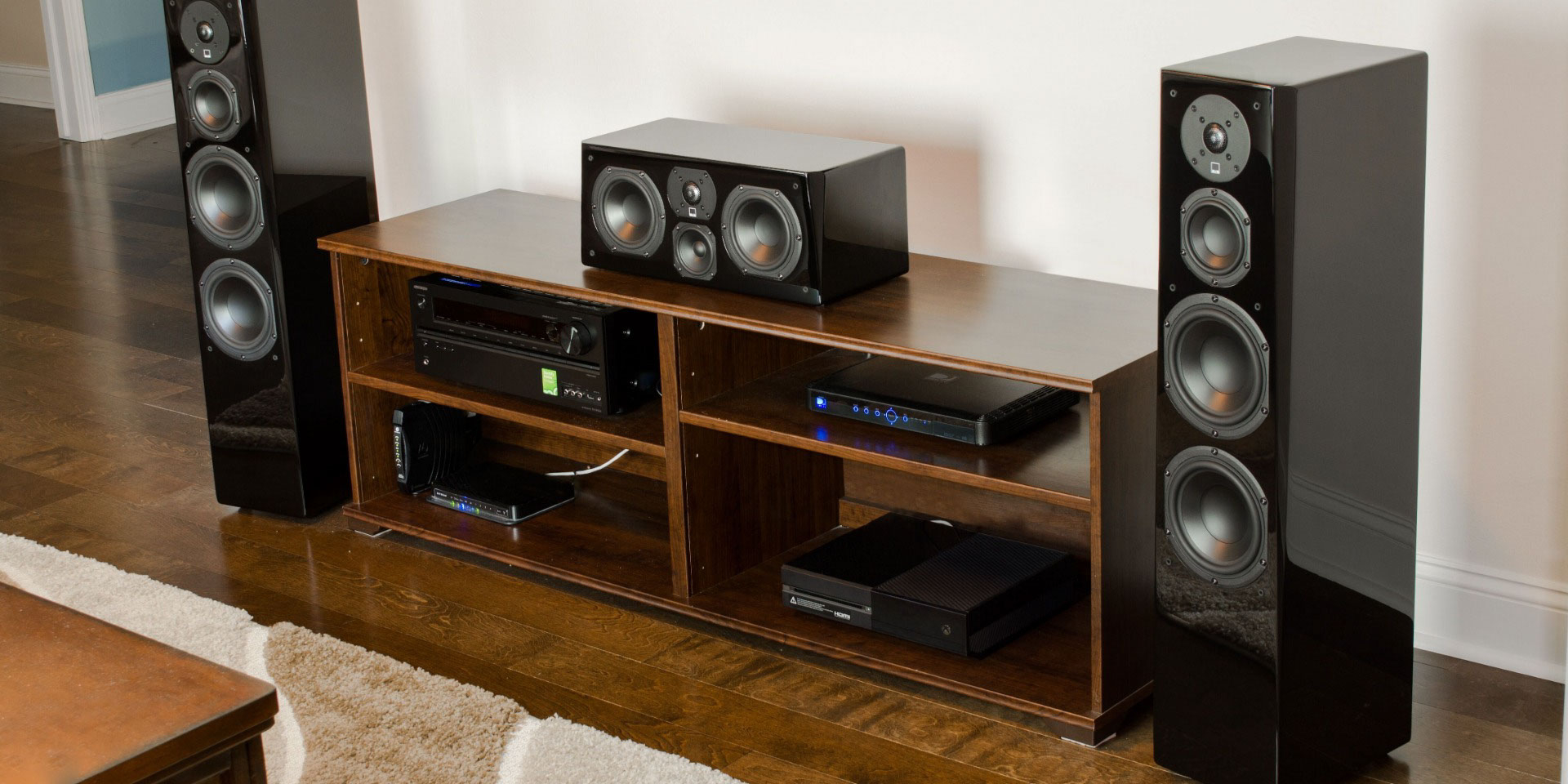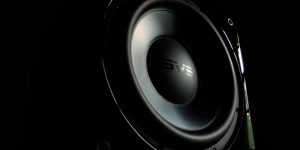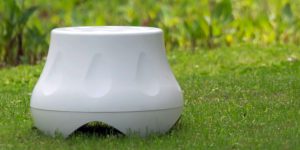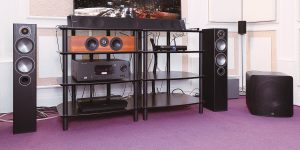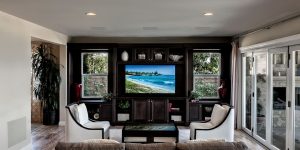Today, I will speak about equipment that adds depth and resonance to music, movies, and other audio content – the subwoofer pre-out. This specialized output is often part of a sophisticated bass management system, offering fine-tuning features for optimal performance. One of the key advantages of the subwoofer pre-out lies in its ability to deliver a precise and isolated low-frequency signal. If you’re interested in determining what a subwoofer pre-out is in detail, then it’s the right place and time to do it.
What is a subwoofer pre-out?

A subwoofer pre-out or LFE (Low-Frequency Effects) output is a connection on a receiver or amplifier specifically designed to connect a subwoofer. This output delivers the low-frequency effects channel to the subwoofer in a surround sound setup. Using a sub-pre-out allows for more specialized handling of low-frequency sounds. Subwoofers reproduce these deep bass frequencies more effectively than regular speakers, providing a richer and more immersive audio experience, especially in home theater setups.
How does a subwoofer pre-out work?
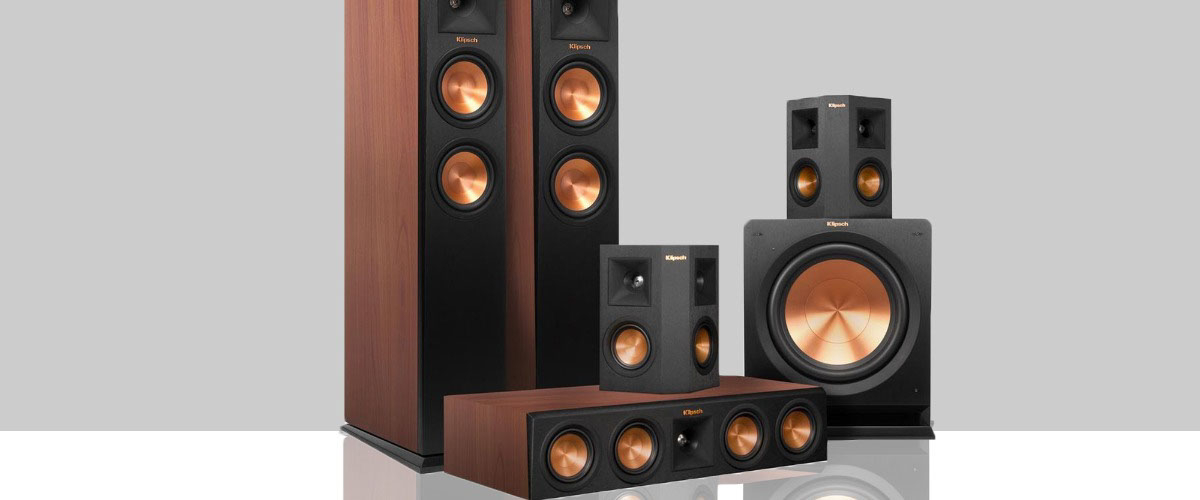
The signal is sent as a line-level signal, which means it is a pre-amplified signal that the subwoofer can use directly. A cable is used to connect the subwoofer to pre-out on the AV receiver. The most common type of cable used for this connection is an RCA (phono) cable, which has a single plug on each end. So, this cable carries the low-frequency audio signal from the AVR to the subwoofer. After you connect the equipment, the subwoofer processes the incoming signal, focusing on reproducing the low-frequency elements of the audio content.
By the way, modern receivers often provide settings that allow you to configure the subwoofer’s performance. This includes adjusting the crossover frequency, setting the volume level of the subwoofer, and sometimes adjusting phase and other parameters.
Benefits of using a subwoofer pre-out

First of all, using pre-out for the subwoofer ensures that it reproduces these low-frequency sounds with precision and impact, enhancing the overall audio quality in your music or multimedia system.
Modern AV receivers typically include bass management features. This optimization ensures that each speaker in the system handles the frequencies. Incorporating a subwoofer pre-out contributes to achieving a well-balanced audio system. By offloading the reproduction of low frequencies to the subwoofer, other speakers in the system can focus on midrange and high-frequency sounds. Using a subwoofer pre-out, you can place the subwoofer in an ideal location for even bass distribution without being constrained by the placement of other speakers.
In home theater setups, a subwoofer pre-out is especially beneficial for reproducing the deep bass found in movie soundtracks. It adds impact to explosions, rumbling, and other cinematic effects. In music, it enhances the low-end frequencies, providing a more robust and dynamic musical experience.
Offloading the reproduction of deep bass frequencies to the subwoofer helps reduce the strain on the main speakers. This can lead to improved clarity and efficiency, especially in scenarios where main speakers may struggle to produce deep bass without distortion.
AV receivers with a subwoofer pre-out often provide customizable settings for the subwoofer, such as volume control, phase adjustment, and sometimes parametric equalization. You may fine-tune these settings to match your preferences and room acoustics.
However, considering these benefits, hiding some obvious drawbacks wouldn’t be fair. The effectiveness of subwoofer pre-outs greatly depends on the quality and capabilities of the connected device. Room acoustics can significantly impact the performance of a subwoofer. In addition, setting it up can be more complex than connecting just regular speakers. You should also note that subwoofers with pre-outs often require additional power, contributing to increased power consumption.
Pre-out vs sub-out
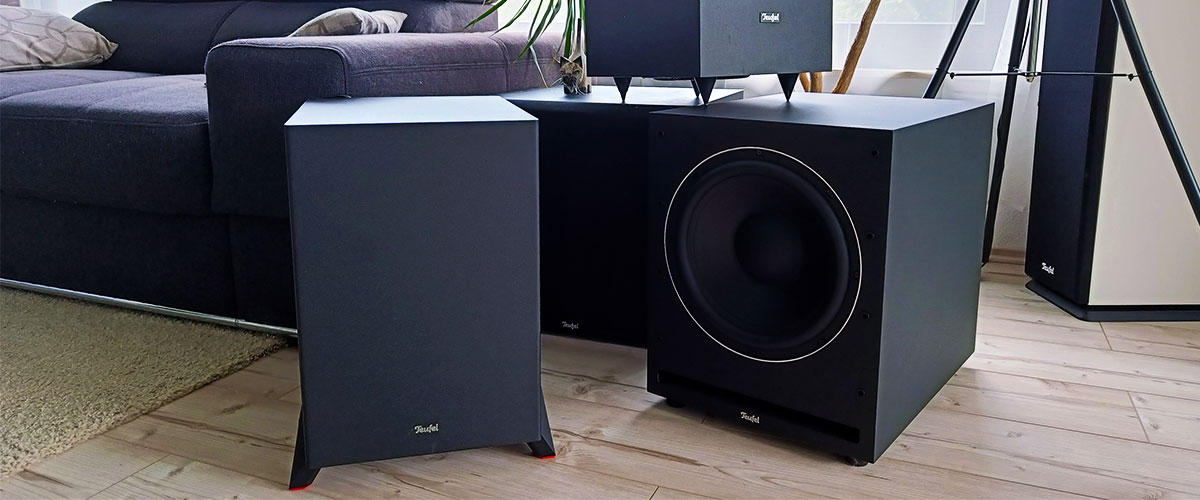
While both refer to outputs for connection to external components, they serve different purposes. The next table summarizes the main distinctions comparing pre-out vs sub-out, emphasizing their different functions, uses, and applications within an audio-visual system.
| Feature | Pre-out | Sub out |
|---|---|---|
| Function | Preamplifier output provides a line-level signal before amplification. | Dedicated output for sending low-frequency signals to a subwoofer. |
| Usage | Connects external amplifiers or other audio components to enhance overall system performance. | Connects to a subwoofer for specialized bass reproduction. |
| Applications | Used in scenarios where users want to add external amplification for various speakers. | Essential for home theater setups and audio systems requiring dedicated subwoofer support. |
| Connectors | Typically uses RCA (phono) connectors. | Typically uses RCA connectors. |
| Signal content | Full range of audio frequencies sourced before amplification. | Specifically for low-frequency effects, focusing on bass frequencies. |
| System enhancement | Enhances overall system performance by providing flexibility for external amplification. | Enhances low-frequency performance by directing bass signals to a specialized subwoofer. |
As you have already realized from my review and comparison table, thanks to pre-outs, you can enhance the power and performance of your audio system, and it’s especially beneficial for driving high-performance speakers. You can customize the audio setup based on specific preferences, speaker requirements, or the desire for additional power. Audiophiles or those seeking high-fidelity audio may use pre-outs to connect premium external amplifiers for superior audio quality.
Sub-outs are important for home theater setups where deep bass effects in movies and cinematic experiences are emphasized. You can fine-tune the subwoofer settings for optimal bass response and integration with the main speakers. It’s ideal for those who want to feel the maximum effect of special effects, deep music bass, and other low-frequency effects in movies and music.

